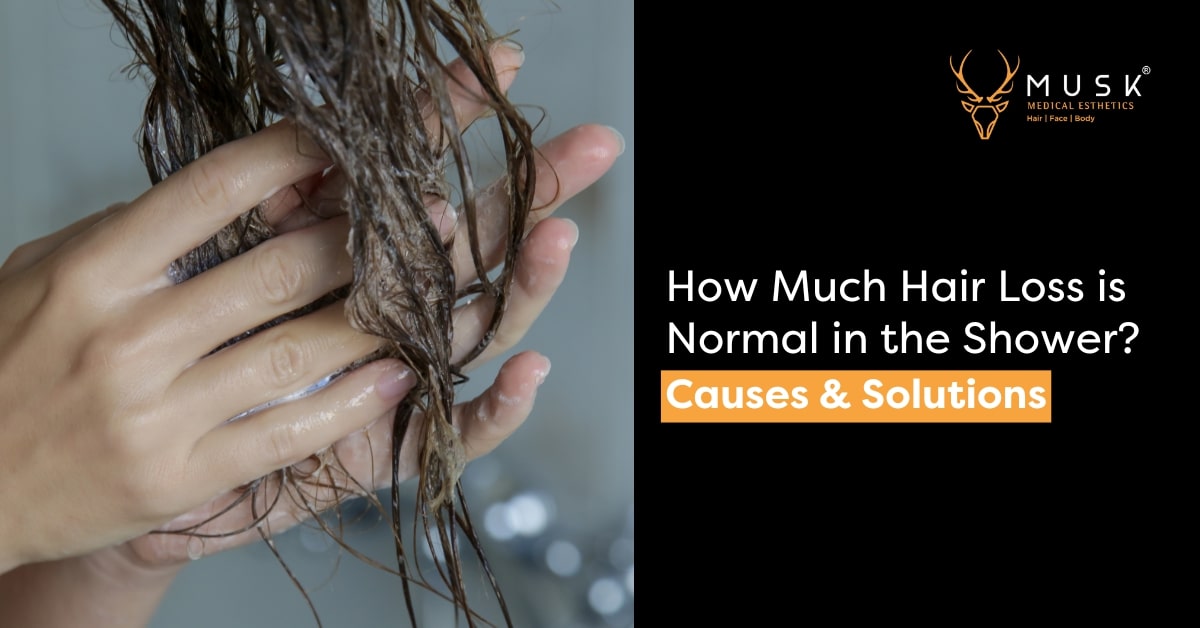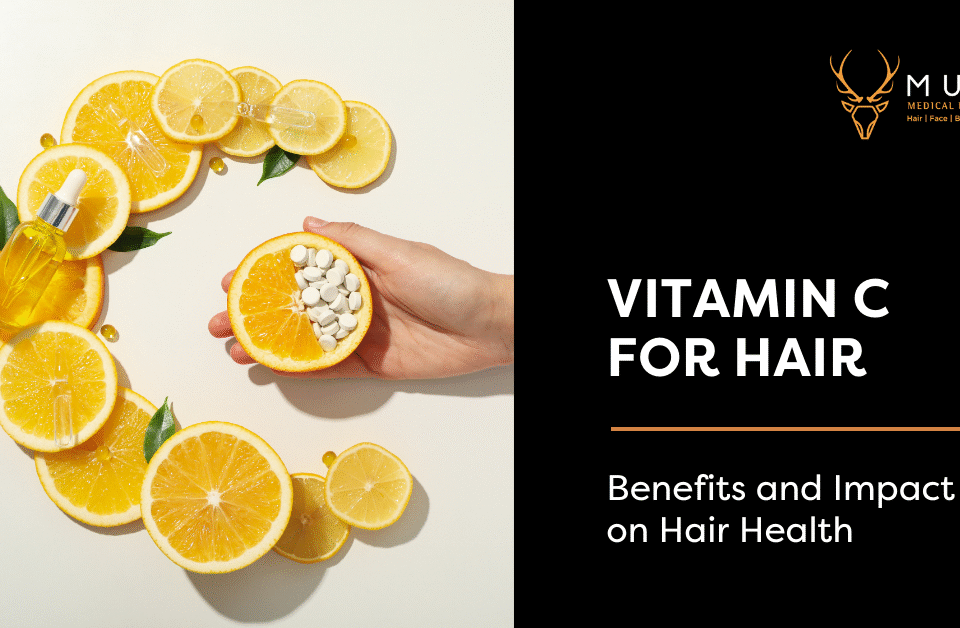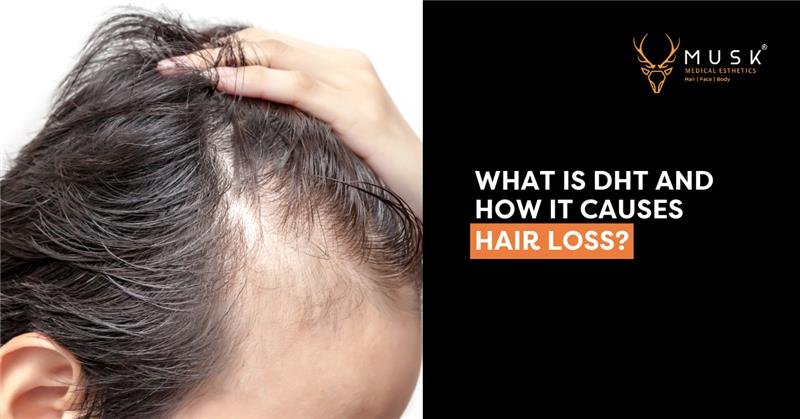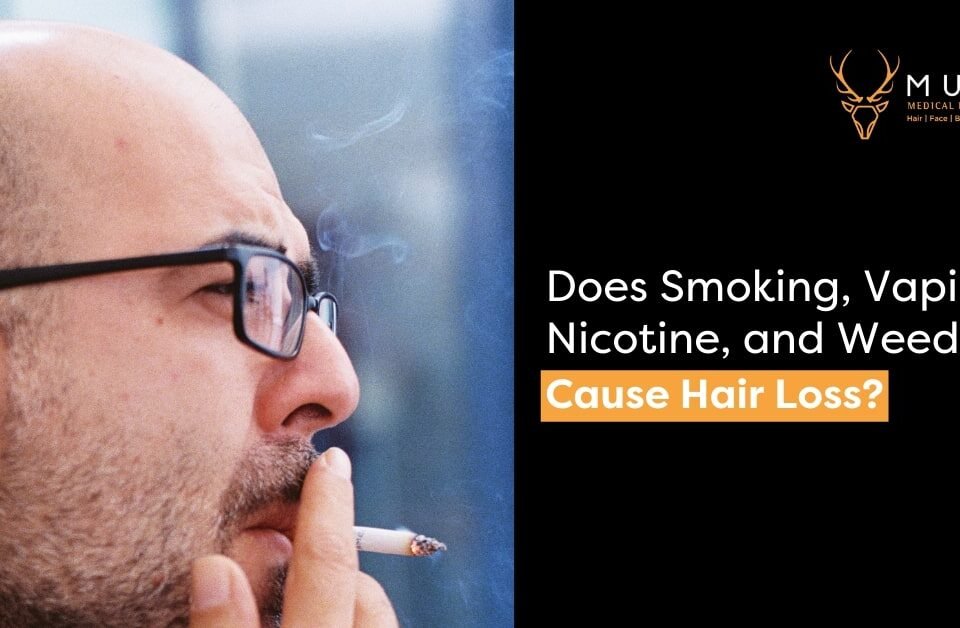How Much Hair Loss is Normal in the Shower? Causes & Solutions

Have you ever found yourself staring at a clump of hair in your shower drain?
Well, you’re not alone!
One of the most common worries people have is about hair falling out in the shower. It’s a sight that can trigger panic and lead to countless Google searches about hair loss.
But before you start worrying, it’s important to understand that losing some hair while showering is completely normal and often nothing to be concerned about.
In this comprehensive guide, we’ll explore everything you need to know about shower hair loss. We’ll help you understand what’s normal, what’s not, and when you might need to seek professional help.
How Much Hair Loss is Normal in the Shower?
When it comes to how much hair loss is normal in the shower, you might be surprised to learn that losing between 50 to 100 strands of hair per day is completely normal.
This number can seem alarming when you see it all at once in your shower drain, but remember that you have around 100,000 hair follicles on your scalp, so this small amount of daily loss is perfectly healthy.
The amount of normal hair loss in shower can vary depending on several factors. If you wash your hair every few days rather than daily, you might notice more hair coming out during each wash.
This isn’t because you’re losing more hair – it’s simply because the loose hairs that would have fallen out over several days are all coming out at once during your shower.
Your hair type and length can also affect how noticeable shower hair loss appears. If you have longer or thicker hair, the lost strands might look more dramatic than they would with shorter or finer hair.
Additionally, you might notice seasonal variations in hair loss, with slightly more shedding occurring during the fall months.
Why Do We Lose Hair in the Shower?
Understanding how much is normal hair loss in shower starts with knowing about your hair’s natural growth cycle.
Your hair goes through three main phases: the anagen (growing) phase, which lasts 2-7 years; the catagen (transitional) phase, lasting about two weeks; and the telogen (resting) phase, which lasts about three months before the hair falls out.
When you shower, the combination of water and manipulation of your scalp helps to release hairs that are already in the telogen phase and ready to fall out. The washing process doesn’t cause the hair loss – it simply helps to remove hairs that were going to fall out anyway.
This is why you might notice more hair coming out when you wash it, especially if you haven’t shampooed it for a few days.
The act of shampooing and conditioning also plays a role in hair shedding in shower. When you massage your scalp, you’re helping to dislodge any loose hairs that have completed their growth cycle.
This is a natural process and shouldn’t cause concern unless you’re noticing an unusual increase in the amount of hair loss.
Hair loss Symptoms Associated With Showering
Following are the most common hair loss symptoms that are generally associated with showering.
Hand Drying Your Hair
The way you dry your hair after washing can significantly impact hair loss. When your hair is wet, it’s at its most vulnerable state.
Rough towel drying can cause breakage and damage to your hair shaft. Instead of vigorously rubbing your hair with a towel, try gently squeezing out excess water and patting it dry.
This is why it is recommended to use a microfiber towel or an old t-shirt, which can be gentler on your hair than traditional bath towels.
Brushing Your Hair
One of the most critical aspects of hair care is how you brush your hair, especially when it’s wet.
Wet hair is more elastic and prone to breakage, so using the wrong brush or brushing too roughly can cause significant damage.
The best way to brush your hair is to first use a wide-toothed comb or a brush specifically designed for wet hair, and always begin brushing from the tips, gradually working your way up to the roots.
Using Hot Styling Tools
Heat styling can be particularly damaging to your hair, especially when used on wet hair.
The high temperatures can cause the water inside your hair shaft to boil, leading to breakage and damage.
This is why you should always ensure your hair is completely dry before using any hot styling tools, and don’t forget to use a heat-protectant product. In addition, you should even consider giving your hair regular breaks from heat styling to maintain its health.
Hair In Tight Hairstyles
Wearing your hair in tight styles, especially when wet, can contribute to hair loss.
Tight ponytails, buns, or braids can cause tension in your hair follicles, leading to a type of hair loss called traction alopecia. When your hair is wet, it’s more susceptible to this kind of damage.
Therefore, you must always remember to avoid tight hairstyles, particularly when your hair is wet, and opt for looser styles that don’t pull on your scalp.
Using Rubber Hair Elastics
Regular elastic bands can catch and break your hair, especially when used on wet hair.
It’s for this reason you should consider using fabric-covered hair ties or specialized hair bands designed to minimize damage. Moreover, you need to remove hair ties carefully to avoid pulling out hair and never sleep with your hair in a tight elastic band.
What Causes Hair Loss in the Shower?
There are various factors that can contribute to increased hair loss during showering.
Medical conditions like telogen effluvium (stress-related hair loss), androgenetic alopecia (pattern baldness), or alopecia areata (an autoimmune condition) can cause more hair than usual to fall out during washing.
Apart from these, nutritional deficiencies, particularly in iron, protein, and vitamins B and D, can also impact hair loss.
Finally, hormonal changes, such as those during pregnancy, postpartum, or menopause, often affect hair-shedding patterns. And let’s not forget that stress, certain medications, and environmental factors like pollution or hard water can also play a role in increased hair loss.
How to Reduce Hair Shedding in the Shower?
You might be wondering about practical steps to minimize hair loss while showering.
Well, one of the most effective ways is to adopt a gentle pre-shower routine.
Ideally, you should brush your hair thoroughly before stepping into the shower – this helps remove any loose strands that would have come out during washing anyway. This simple step can significantly reduce the amount of hair you see in the drain.
In addition, you can consider using a detangling spray before washing your hair. This is because when your hair is tangled, you’re more likely to cause breakage during washing.
A good detangling spray can make your hair more manageable and reduce the need for aggressive manipulation during washing.
While in the shower, focus on being gentle with your hair. You should remember to use your fingertips to massage your scalp instead of your nails and avoid rough scrubbing motions.
Furthermore, when applying shampoo, concentrate on your scalp rather than the length of your hair. For conditioning, focus on the mid-lengths to ends, as these areas need the most moisture.
After showering, you must avoid wrapping your hair tightly in a towel turban. This can cause unnecessary tension and breakage. Instead, gently squeeze out excess water and let your hair air dry when possible.
If you must use heat styling tools, always apply a heat protectant first and use the lowest effective temperature setting.
Additional Factors for Hair Falling Out in the Shower
There are several factors (beyond your basic hair care routine) that can contribute to increased hair shedding during showering.
Let’s explore these important factors in detail:
- Water Quality: Your shower water quality significantly impacts hair health. Hard water contains high levels of minerals like calcium and magnesium that can build up on your hair and scalp. This mineral buildup not only makes your hair feel brittle but can also lead to increased breakage during washing. Consider installing a water softener or shower filter if you live in an area with hard water.
- Hair Care Products: The products you use make a huge difference in hair shedding. Harsh chemicals in conventional shampoos and conditioners can strip your hair of its natural oils and weaken the strands over time. Look for products that are sulfate-free, paraben-free, silicone-free, pH-balanced, and rich in natural ingredients.
- Recent Medical Conditions: Your overall health plays a crucial role in hair shedding. Recent illnesses or medical procedures can trigger temporary hair loss. This type of shedding, called telogen effluvium, typically starts 2-3 months after a triggering event and can last for several months.
- Hormonal Changes: Hormonal fluctuations can significantly impact hair shedding patterns. These changes often occur during pregnancy & postpartum period, menopause, thyroid problems, or polycystic ovary syndrome (PCOS).
- Nutritional Status: Your diet directly affects your hair health. Poor nutrition or sudden dietary changes can increase hair shedding. Key nutritional factors include protein intake, iron levels, vitamin D status, B-vitamin status, Zinc and biotin levels.
- Stress Levels: Both physical and emotional stress can impact hair shedding. Chronic stress affects your body’s hormone levels and can push more hair follicles into the resting phase, leading to increased shedding during showering. This includes work-related stress, personal life challenges, financial concerns, lack of sleep, major life changes, or even over-exercising.
Understanding these factors can help you identify potential triggers for increased hair shedding and take appropriate action to protect your hair health.
If you notice excessive shedding related to any of these factors, consider consulting with a hair specialist at Musk Clinic for personalized advice and treatment options.
Does Shower Frequency Matter?
The frequency of your showers can indeed impact hair shedding.
When you wash your hair less frequently, you might notice more hair coming out during each wash. This isn’t necessarily because you’re losing more hair – rather, it’s because the natural shedding that occurs over several days is being released all at once during your shower.
However, washing too frequently can also be problematic. Daily washing can strip your hair and scalp of natural oils, leading to dryness and potential breakage. The ideal washing frequency varies depending on your hair type, lifestyle, and scalp condition.
For most people, washing 2-3 times per week provides a good balance, allowing natural oils to nourish your scalp while keeping your hair clean and healthy.
If you exercise regularly or live in a humid climate, you might need to wash more frequently. In these cases, consider using a dry shampoo between washes to absorb excess oil, or simply rinse with water without using shampoo. This can help maintain scalp health without over-washing.
The temperature of your shower water also matters. Very hot water can irritate your scalp and weaken hair strands. Lukewarm water is ideal for washing, and a cool final rinse can help seal the hair cuticle, adding shine and reducing frizz.
Remember, gentle handling of your hair during washing is just as important as how often you wash it.
What are Signs of Abnormal Hair Loss in the Shower?
While some hair loss is normal, there are signs that might indicate a problem.
If you’re losing significantly more than 100 strands per day, noticing bald patches, or experiencing scalp irritation, these could be signs of abnormal hair loss.
Other red flags include:
- Sudden increase in hair loss
- Changes in hair texture
- Scalp pain or irritation
- Visible thinning or bald spots
- Hair breaking off at different lengths
- Changes in your hairline
- Excessive shedding lasting more than two weeks
If you notice any of these signs, it’s important to document your hair loss and consult with a healthcare provider or dermatologist.
How to Treat Hair Shedding in the Shower?
Here are a few precautionary steps you can potentially take to reduce or treat hair shedding in the shower once and for all.
1. Change Your Shower Routine
When it comes to managing hair loss in the shower, small changes in your routine can make a big difference.
For starters, you can adjust your water temperature – while hot showers might feel relaxing, they can actually strip your hair and scalp of natural oils, leading to increased breakage. Instead, opt for lukewarm water, which is gentler on your scalp and hair follicles.
Additionally, you also need to think about how often you’re washing your hair too. You might not need to wash it as frequently as you think. For most people, washing every 2-3 days is sufficient, though this can vary depending on your hair type and lifestyle.
When you do wash, choose gentle, sulfate-free products that won’t strip your hair of its natural moisture.
Beyond these shower-specific changes, look at your overall hair care routine. Your diet plays a crucial role in hair health, so make sure you’re getting enough protein, iron, and vitamins.
2. Medical Treatments
If you’ve made changes to your routine but still notice excessive shedding, it might be time to explore medical treatments.
The good news is that there are many effective options available. Over-the-counter minoxidil is one of the most popular treatments – it’s a topical solution that can help stimulate hair growth and prevent further loss. You can find it in various strengths, though it’s best to start with a lower concentration and see how your scalp responds.
However, if you think your case is more serious, you might want to talk to your doctor about prescription medications.
These could include oral medications that help block hormones associated with hair loss, or specialized topical treatments that target specific causes of shedding.
Apart from this, Professional treatments are another option worth considering.
- Platelet-rich plasma (PRP) therapy: PRP uses your own blood plasma to stimulate hair growth and has shown promising results for many people.
- Low-level laser therapy: Low-level laser therapy is another innovative treatment that can help stimulate hair follicles and promote growth.
- Scalp Micropigmentation: This treatment can help create the appearance of fuller hair while you work on addressing the underlying causes of hair loss.
If your hair loss is more severe or persistent, your doctor might discuss the possibility of hair transplant surgery. While this is typically considered a last resort, modern techniques have made it a more accessible and natural-looking option than ever before.
Remember, though, that what works for one person might not work for another – it’s important to work with a healthcare provider to find the right treatment plan for your specific situation and type of hair loss.
Conclusion
Understanding what’s normal when it comes to hair loss in the shower can help ease your concerns and guide you toward appropriate action when needed.
If you’ve noticed changes in your hair loss patterns or are concerned about the amount of hair you’re losing in the shower, it’s important to consult with hair restoration experts.
We at, MuskClinic, with our team of specialized professionals offer comprehensive solutions for all types of hair loss concerns. Our experts understand that each person’s hair loss journey is unique and requires personalized attention.
Remember, taking care of your hair is an investment in your overall well-being and confidence.
With the right care routine and professional guidance from MuskClinic’s experts, you can maintain healthy, beautiful hair while effectively managing normal shedding in the shower.



